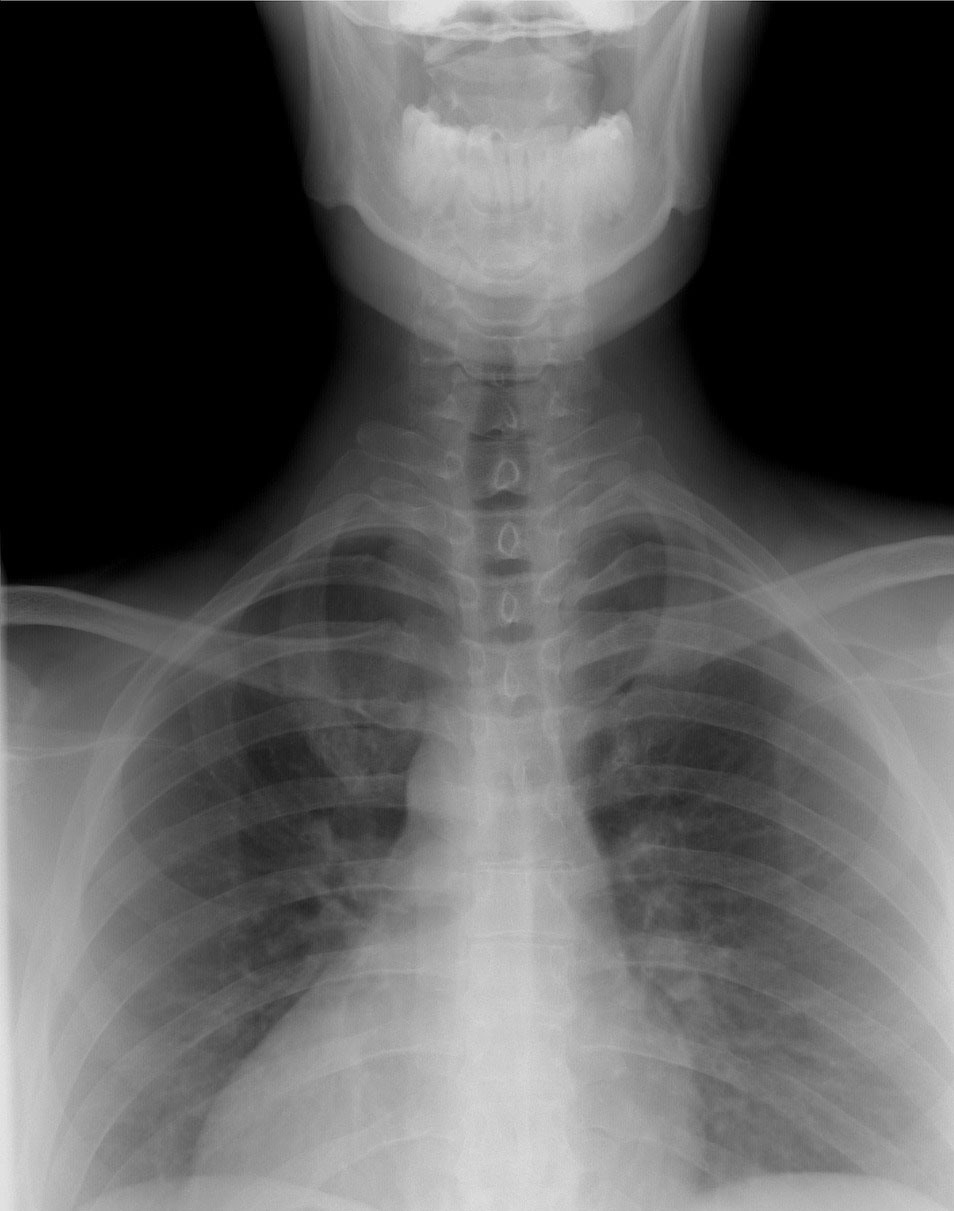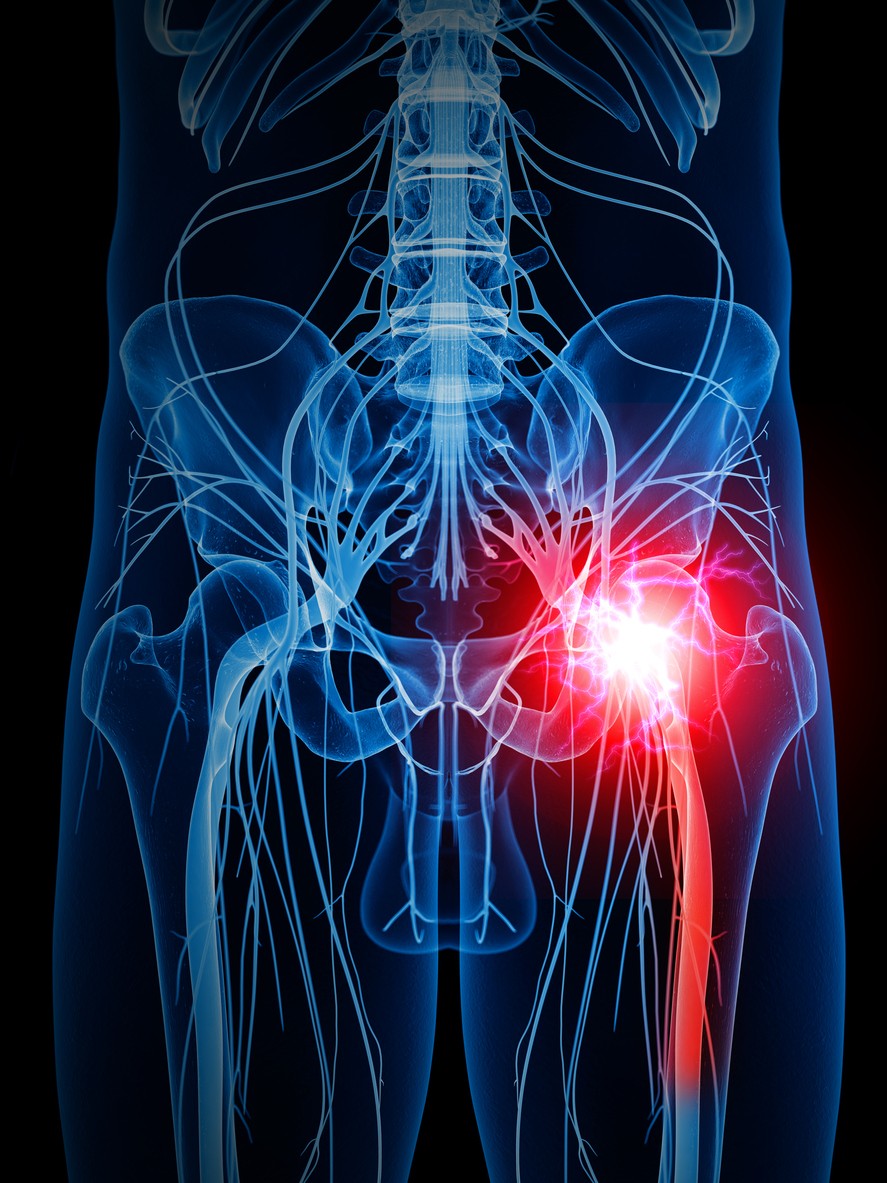
Thoracic Outlet Syndrome-Why are my hands falling asleep?
Have you experienced pain down one or both arms? How about numbness or tingling in your arms or hands? Maybe you have even had your arms or hands feel cold for no apparent reason? When you experienced one or more of these symptoms, did you think “I must have a problem with my shoulder, arm or hand”? It is possible the source of these problems was over looked. All of these symptoms can be caused by a condition called Thoracic Outlet Syndrome or TOS.
What is Thoracic Outlet Syndrome? The normal human anatomy involved in this condition can involve the lower neck (cervical spine), the upper back (thoracic spine), the collar bone (clavicle), the first rib and the surrounding muscular tissue. It is between the first rib and the clavicle that vital nerves, arteries and veins extend to the shoulder, arm and hand. If any or all of these vital tissues are pinched, stretched, compressed, irritated or other form of occlusion occurs, the body can express this as the pain, numbness, tingling, cold extremities or weakness in gripping with the hands.
Thoracic Outlet Syndrome can have different types, depending on which components of the anatomy are affecting the nerves, arteries and veins. There are a few types of thoracic outlet syndrome: The most common of these types is called Neurogenic (neurological) thoracic outlet syndrome is characterized by compression of the brachial plexus. The brachial plexus is a network of nerves that come from your spinal cord and control muscle movements and sensation in your shoulder, arm and hand.
A second form is Vascular thoracic outlet syndrome. This type of thoracic outlet syndrome occurs when one or more of the arteries or veins under the clavicle are compressed. A third type is referred to as nonspecific-type thoracic outlet syndrome. In this form, a person expresses chronic pain in the area of the where the nerves, arteries and veins exit (outlet) that worsens with activity, but a specific cause of the pain can’t be determined.
What can cause Thoracic Outlet Syndrome to occur? Common causes of TOS can include fractured or subluxated clavicle, extra ribs that are often called cervical ribs, sustained muscle tightness, and/or repetitive motions/positions of arms and upper thoracic spine while at work.
Dr. David T. Reed and Dr. Chad C. Hood here at Reed Chiropractic in Tempe are both well trained to determine the function and mobility of the cervical and thoracic vertebrae, clavicles, upper ribs and shoulder complex. If there is misalignment or lack of proper motion, the chiropractic adjustment can restore proper alignment and improve joint motion. Don’t continue to suffer or think “It will go away!.” We are here to help you at Reed Chiropractic. Call and schedule an appointment today at 480-785-1355 or reach out to us on the web at Reedchiroaz.com
Reed Chiropractic
250 W. Baseline Rd. #107
Tempe AZ 85283
480-785-1355Reedchiroaz.com









